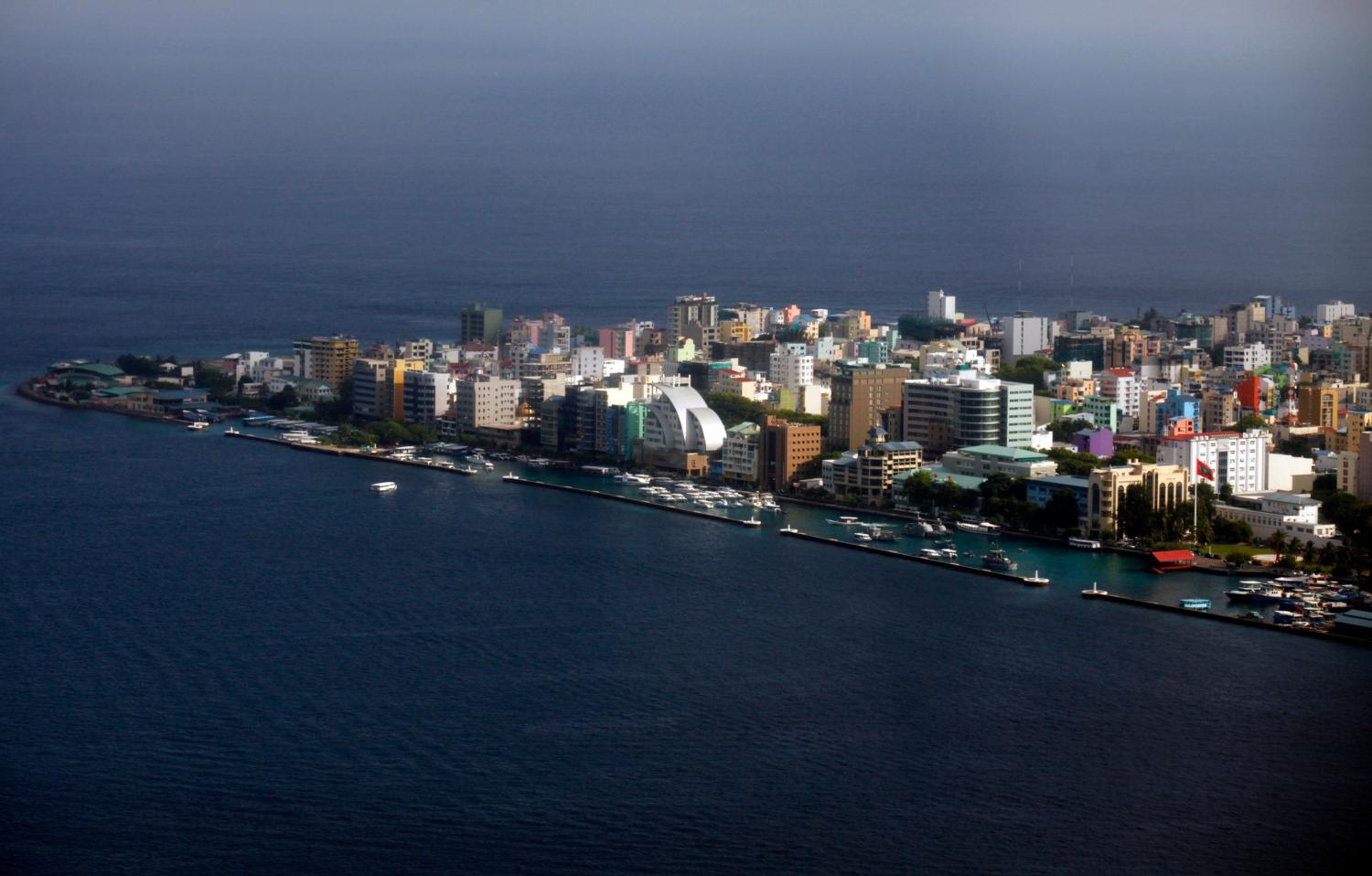Editor’s Note: This paper was prepared for the event “Addressing the Legal Gaps in Climate Change Migration, Displacement and Resettlement: From Sinking Islands to Flooded Deltas” at the Brookings Institution on April 3, 2012.
A. Introduction
According to the UN Emergency Relief Coordinator, more frequent and severe disasters may be ‘the new normal’.[1] On top of this, slower onset impacts of climate change, such as temperature rises, glacial melt, drought, and sea-level rise may ultimately force people away from their homes. The UN High Commissioner for Refugees has said that ‘while the nature of forced displacement is rapidly evolving, the responses available to the international community have not kept pace.’[2]
Although there is a lot that we don’t know about the future movement of people on account of climate impacts, how can the things we do know help us identify the legal gaps in the existing international protection regime, and develop legal and policy responses that are adequately attuned to the needs of those who are likely to move. This means having a sufficiently nuanced understanding of the likely nature, timing and scale of such movement.
While the concept of ‘environmental’ or ‘climate change’ refugees may provide a useful advocacy tool to generate attention and mobilize civil society around the dangers of global warming, it can also contribute to misunderstandings about the likely patterns, timescale, and nature of climate change-related movement. Even as a merely descriptive term, the ‘climate change refugee’ label is at best pre-emptive, and at worst offensive to those to whom it is ascribed. For example, in the small Pacific island States of Kiribati and Tuvalu, it is seen as invoking a sense of helplessness and a lack of dignity. As the President of Kiribati told me, ‘when you talk about refugees—climate refugees—you’re putting the stigma on the victims, not the offenders.’[3] ‘We don’t want to lose our dignity. We’re sacrificing much by being displaced, in any case. So we don’t want to lose that, whatever dignity is left. So the last thing we want to be called is ‘refugee’. We’re going to be given as a matter of right something that we deserve, because they’ve taken away what we have.’[4]
As a matter of law, the term ‘refugee’ is a legal term of art. The 1951 Refugee Convention defines a refugee is someone with a well-founded fear of persecution for reasons of race, religion, nationality, political opinion or membership of a particular social group. There are a number of hurdles here in translating this to the climate displacement context. First, there are difficulties in characterizing ‘climate change’ as ‘persecution’. Though adverse climate impacts such as rising sea-levels and increases in the frequency and severity of storms, cyclones, floods are harmful, they do not meet the threshold of ‘persecution’ as this is currently understood in law, which normally requires human agency. If anything, the ‘persecutor’ here is industrialized States, whose failure to cut greenhouse gas emissions has led to the predicament now being faced[5] – the very countries to which movement might be sought if the land becomes unsustainable, which is a complete reversal of the traditional refugee paradigm.
Secondly, even if the impacts of climate change could be characterized as ‘persecution’, it would be very difficult to show this was for reasons of one of the five Refugee Convention grounds, since the impacts of climate change are largely indiscriminate, rather than tied to particular characteristics such as a person’s background or beliefs. Finally, refugee law only applies to people who have already crossed an international border, not people merely contemplating a move.
Download full paper here.
[1] Under-Secretary-General for Humanitarian Affairs and Emergency Relief Coordinator, ‘Opening Remarks at the Dubai International Humanitarian Aid and Development Conference and Exhibition “DIHAD 2008 Conference”’ (Dubai, 8 April 2008) http://www.reliefweb.int/rw/rwb.nsf/db900sid/YSAR-7DHL88?OpenDocument (accessed 18 January 2010).
[2] ‘Statement by Mr António Guterres, United Nations High Commissioner for Refugees, Intergovernmental Meeting at Ministerial Level to Mark the 60th Anniversary of the 1951 Convention relating to the Status of Refugees and the 50th Anniversary of the 1961 Convention on the Reduction of Statelessness’ (Geneva, 7 December 2011) http://www.unhcr.org/4ecd0cde9.html (accessed 2 April 2012).
[3] Interview with President Anote Tong, President of Kiribati (Tarawa, Kiribati, 12 May 2009).
[4] Ibid.
[5] See IPCC, Climate Change: The IPCC Scientific Assessment, 8 (fn omitted); IPCC, Climate Change 2007: Synthesis Report, 5, 6, 12, 13.
The Brookings Institution is committed to quality, independence, and impact.
We are supported by a diverse array of funders. In line with our values and policies, each Brookings publication represents the sole views of its author(s).




